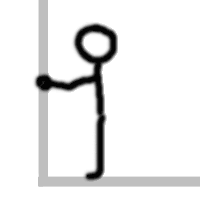Gary,
The midpoint of the bullet travel across my skyscreens is at the identical location. All six skyscreens are mounted on the same rail. The spacing between the 3 sets of skyscreens is 4 1/2', 5', and 5 1/2 feet. Your concern is insignificant with this setup. I'm catching the average speed of the bullet across virtually the same exact distance of bullet travel, at the same location in flight.
The skyscreen in the middle is the Proof channel skyscreen of the Oehler 35P, which is basically the mid-point of the other three sets of skyscreens. I actually obtain four recorded velocities for each bullet fired. Which is how I'm able to identify faulty performance from one or more of the units.

My offending comment, from FEENIX's perspective, is that if a chronograph owner/operator isn't able to identify the frequency of faulty performance from his brand and model of chronograph, then that owner/operator can offer nothing more than a guess as to the dependability and accuracy of their brand and model of chronograph. I wasn't able to identify the flawed velocity data until I began to operate at least two chronographs in tandem, which I did for many shooting sessions over the period of about 1 1/2 years. Since then I added the Oehler 35P to the mix and I now receive 4 recorded velocities per shot. So when I say chronographs will fail to meet their advertised accuracy more commonly than most owners are aware of, I have some documentation to support that statement.




